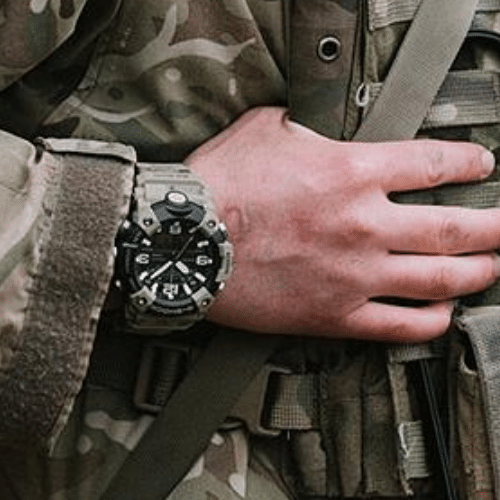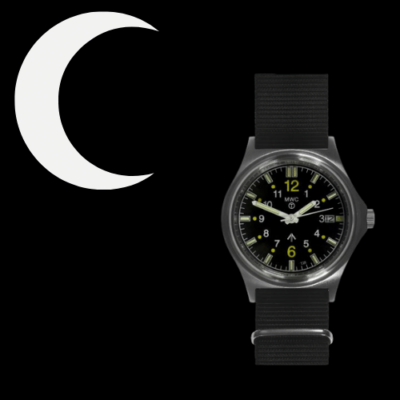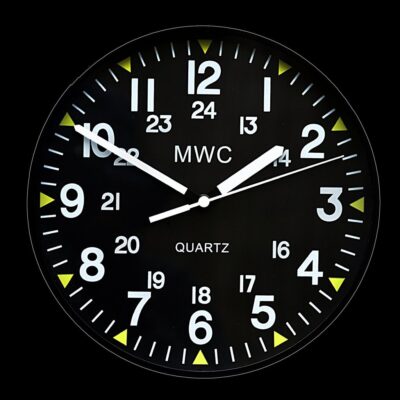News
B-1B Supersonic Bombers Make Close Approach to Venezuelan Airspace: How Threatening Are They?
The U.S. Air Force flew two B-1B Lancer supersonic strategic bombers up to the coast of Venezuela on October 23, as part of broader military buildup targeting the oil rich South American country. This closely followed the deployment of three older B-52H Stratofortress strategic bombers for operations near Venezuelan territory on October 15. Shortly after the latest deployment, U.S. President Donald Trump indicated that attacks on land targets in the Venezuelan could be considered. Although Venezuela is the most heavily armed country in Latin America, and has by far the most capable fighter fleet and air defence network, its ability to defend itself against a large scale attack by U.S. forces remains questionable. The deployment of strategic bombers, each of which can launch a dozen cruise missiles from well beyond the range of Venezuelan defences, or more in the case of the B-52, has served to highlight the limited options Caracas has to protect its territory.
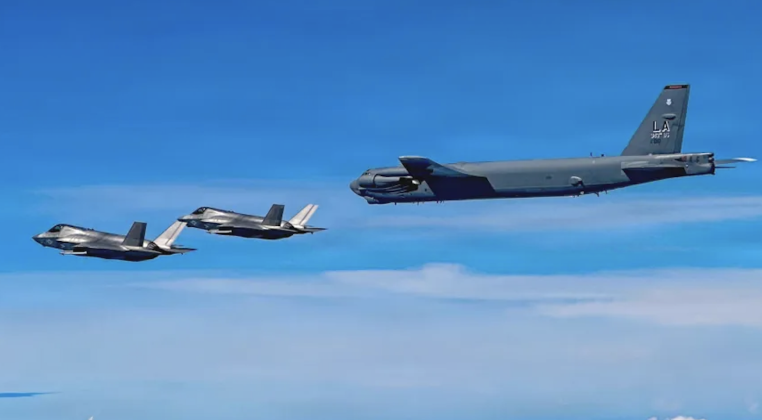
Where previously at times of particularly high tension between Venezuela and the United States, the former had benefitted from deployments of Russian Tu-160 strategic bombers to its territory, the ongoing Russian-Ukrainain War and standoff between Moscow and NATO in Europe and the Arctic has limited the support available for Caracas. The Tu-160’s deployment had previously sent strong signals of support to the United States, with the bombers being considerably larger, faster and carrying similarly long ranged missiles to the B-52 and B-1. Flights of B-1B bombers, and even live fire drills, have been used to make shows of force multiple times in the past targeting Western Bloc adversaries, most notably in 2017 during a standoff with North Korea. The bombers subsequently participated in U.S. attacks on Syria in April 2018, which were widely considered serious violations of international law, with the strikes seen to have sent a strong signal to other American adversaries.
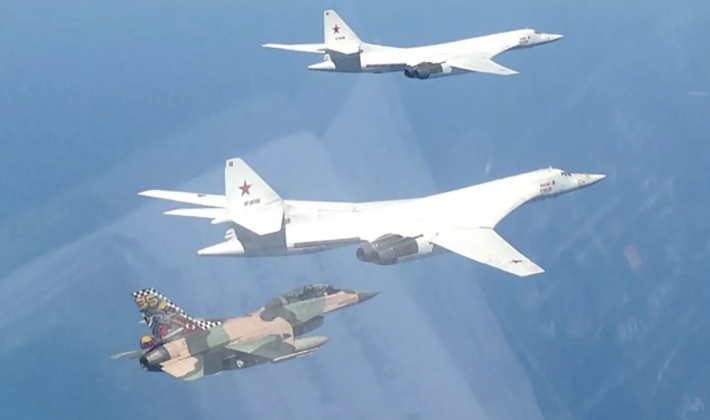
The U.S. Air Force has faced difficulties operating the B-1B, as its high maintenance requirements and operational costs have resulted in poor availability rates at times as low as 10 percent. The wearing out of the airframes during the War on Terror, including their use to provide close air support, exacerbated issues stemming from their age by rapidly wearing outlet the airframes. The B-1B fleet was initially expected to be phased out of service by the mid-2030s and replaced by B-21 Raider stealth bombers, although delays to the new bomber program have brought this scheduled into question. The B-1B relies on the AGM-158 JASSM subsonic cruise missile as its primary armament, and can carry 12 of the missiles, although when operating against targets with few air defences it can use a wide range of guided bombs such as the AGM-154.

